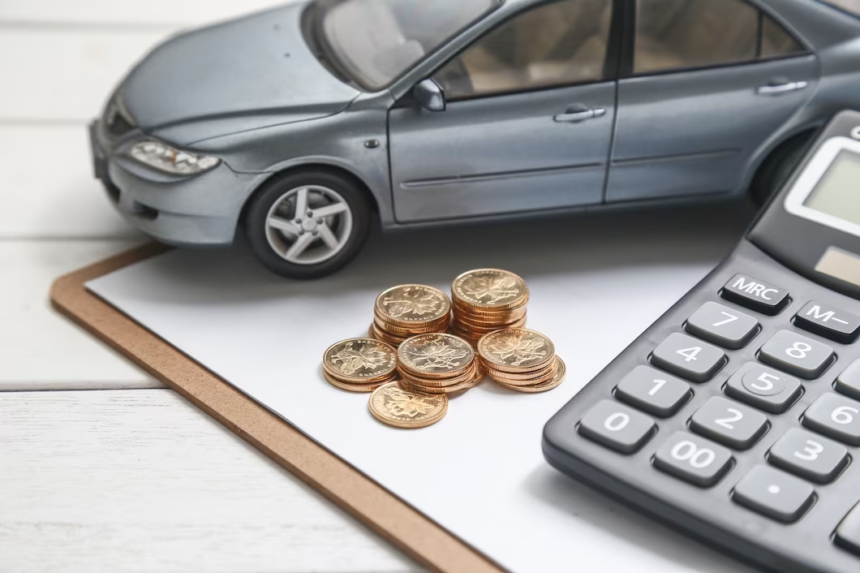Title: How to Save Money on Car Maintenance: DIY and Money-Saving Tips
Introduction: Owning a car comes with various expenses, and one of the significant costs is car maintenance. Regular maintenance is essential for keeping your vehicle in good condition and ensuring its longevity. However, car maintenance doesn’t have to break the bank. By adopting a do-it-yourself (DIY) approach and implementing money-saving strategies, you can save money on car maintenance without compromising on safety or performance. In this article, we will explore some practical DIY tips and money-saving strategies to help you reduce car maintenance expenses.
- Regular Maintenance Checks: Performing regular maintenance checks on your car is vital for catching potential issues early on, saving you from costly repairs down the line. Learn how to inspect essential components such as the engine oil, coolant levels, brake pads, and tire pressure. By keeping these in check, you can prevent damage, improve fuel efficiency, and extend the lifespan of your vehicle.
- Basic DIY Maintenance: Many car maintenance tasks can be done by yourself, even if you’re not a seasoned mechanic. Learn how to perform simple tasks like changing the engine oil and filter, replacing air filters, checking and replacing spark plugs, and inspecting and replacing windshield wipers. You can find step-by-step tutorials and guides online or consult your vehicle’s owner manual for specific instructions. DIY maintenance can save you significant labor costs and can be a rewarding learning experience.
- Invest in Basic Tools: To perform DIY car maintenance tasks, it’s essential to have a basic set of tools. Investing in tools like wrenches, socket sets, screwdrivers, and a jack can be a cost-effective decision in the long run. By having the right tools on hand, you can tackle various maintenance tasks at home and avoid paying labor costs at a repair shop.
- Do Your Research: Before taking your car to a mechanic, consider doing some research on the issue you’re experiencing. Often, you can find online forums, YouTube tutorials, and DIY guides that address common car problems and offer step-by-step solutions. By understanding the problem, you can make informed decisions and avoid unnecessary repairs or overcharging by mechanics.
- Compare Prices and Seek Multiple Quotes: When it comes to more complex repairs or services that require professional help, it’s wise to shop around and obtain multiple quotes from different mechanics or service centers. Comparing prices allows you to find the best deal while ensuring quality work. Don’t hesitate to ask for a breakdown of the costs to understand what you’re paying for and identify any unnecessary expenses.
- Regularly Maintain Fluids and Filters: Keeping fluids and filters in good condition is essential for your car’s performance. Regularly check and replace engine oil, coolant, transmission fluid, brake fluid, and power steering fluid as needed. Similarly, regularly replace air filters and fuel filters to ensure proper airflow and fuel efficiency. By maintaining these components, you can prevent costly repairs and optimize your car’s performance.
- Practice Fuel-Efficient Driving: Your driving habits can impact your car’s maintenance costs. Practice fuel-efficient driving techniques such as maintaining a steady speed, avoiding sudden accelerations and harsh braking, and reducing idle time. Fuel-efficient driving not only saves you money on fuel costs but also reduces wear and tear on your car’s components, prolonging their lifespan.
- Stay on Top of Manufacturer Recalls: Manufacturers occasionally issue recalls for specific car models due to safety or performance issues. Stay informed about any recalls affecting your vehicle by regularly checking the manufacturer’s website or signing up for email notifications. Addressing recalls promptly ensures that potential issues are resolved without cost to you.
Conclusion: Car maintenance doesn’t have to drain your wallet. By adopting a DIY approach, learning basic maintenance tasks, investing in tools, and being proactive with regular checks, you can significantly reduce car maintenance costs. Additionally, practicing fuel-efficient driving, doing thorough research, comparing prices, and staying on top of manufacturer recalls will help you make informed decisions and avoid unnecessary expenses. Remember, proper maintenance not only saves you money but also enhances your car’s performance and extends its lifespan.










